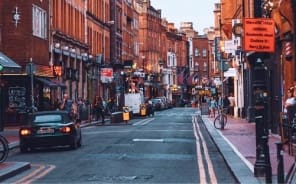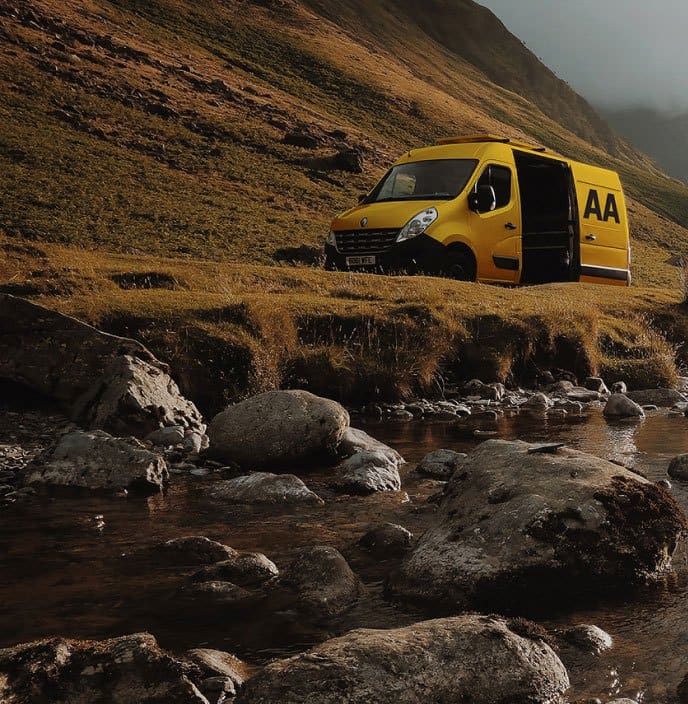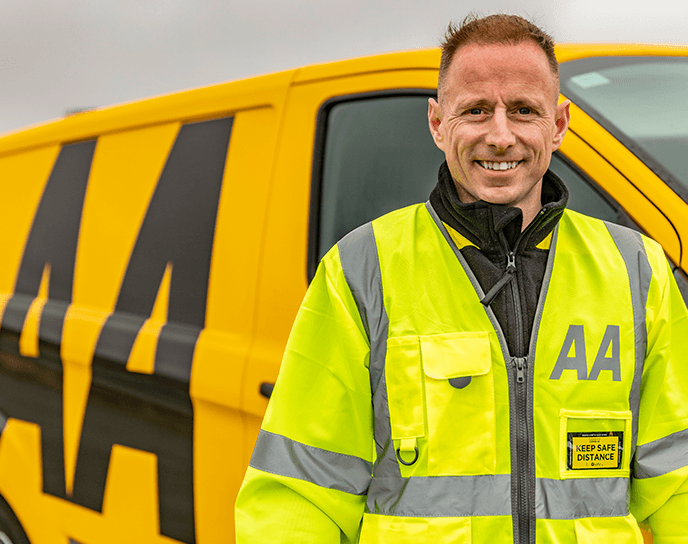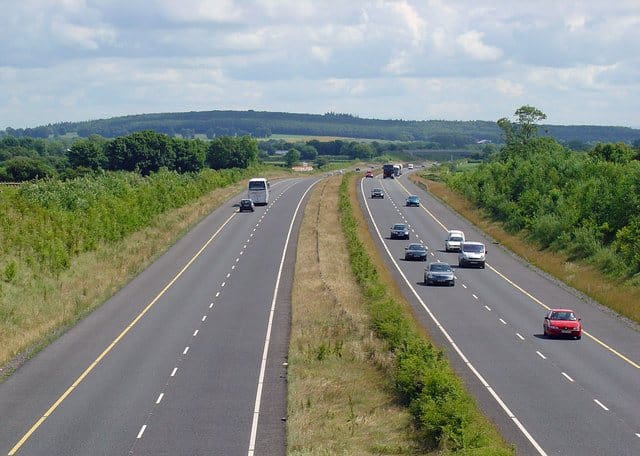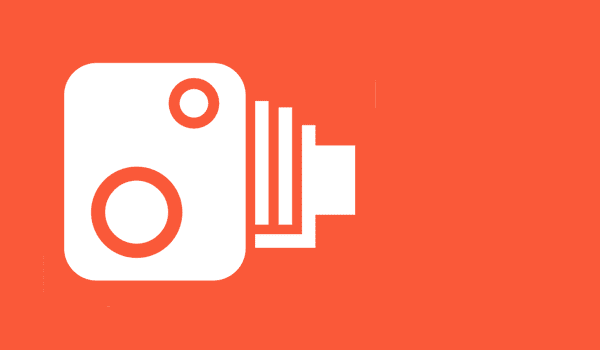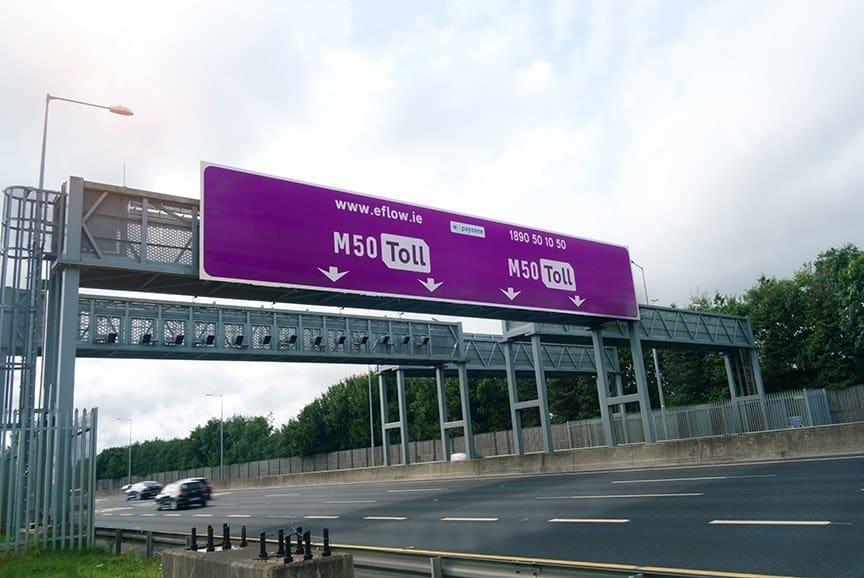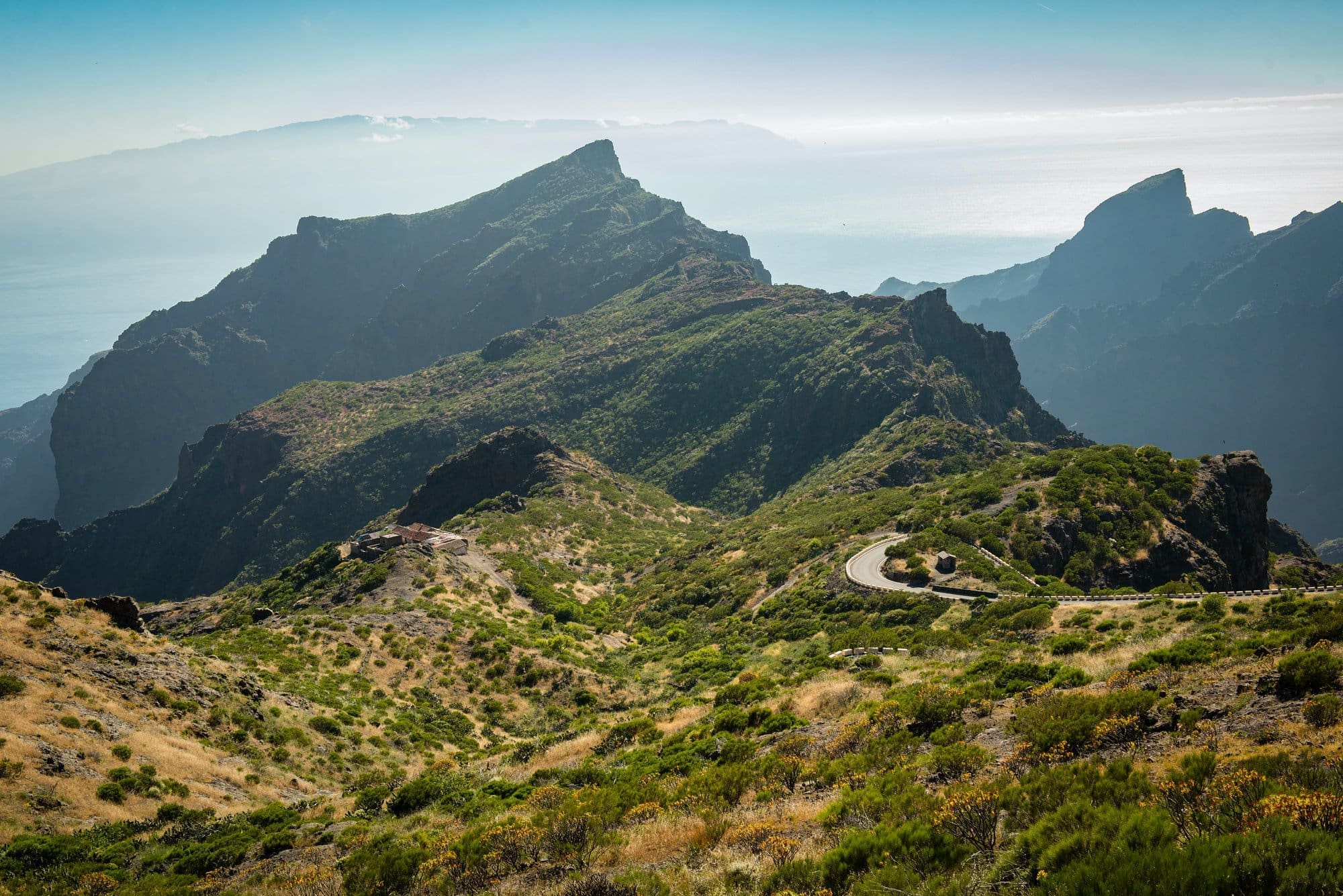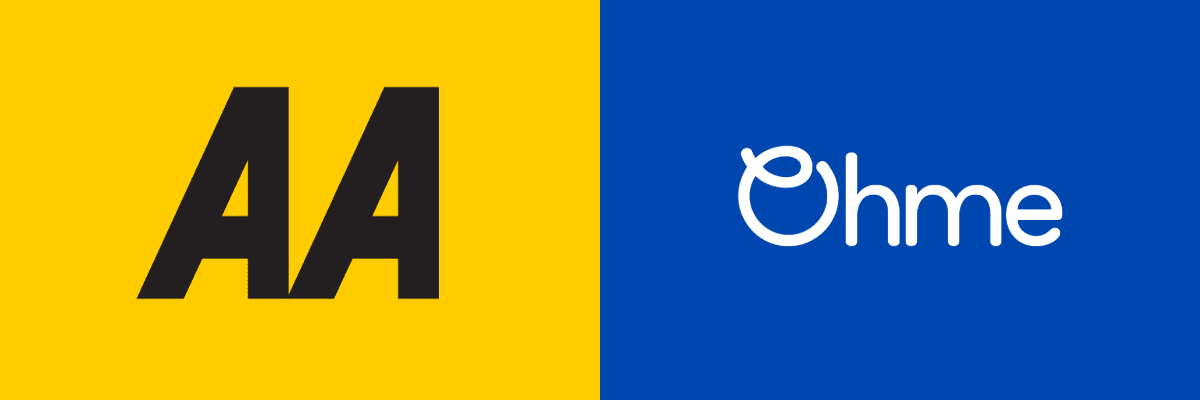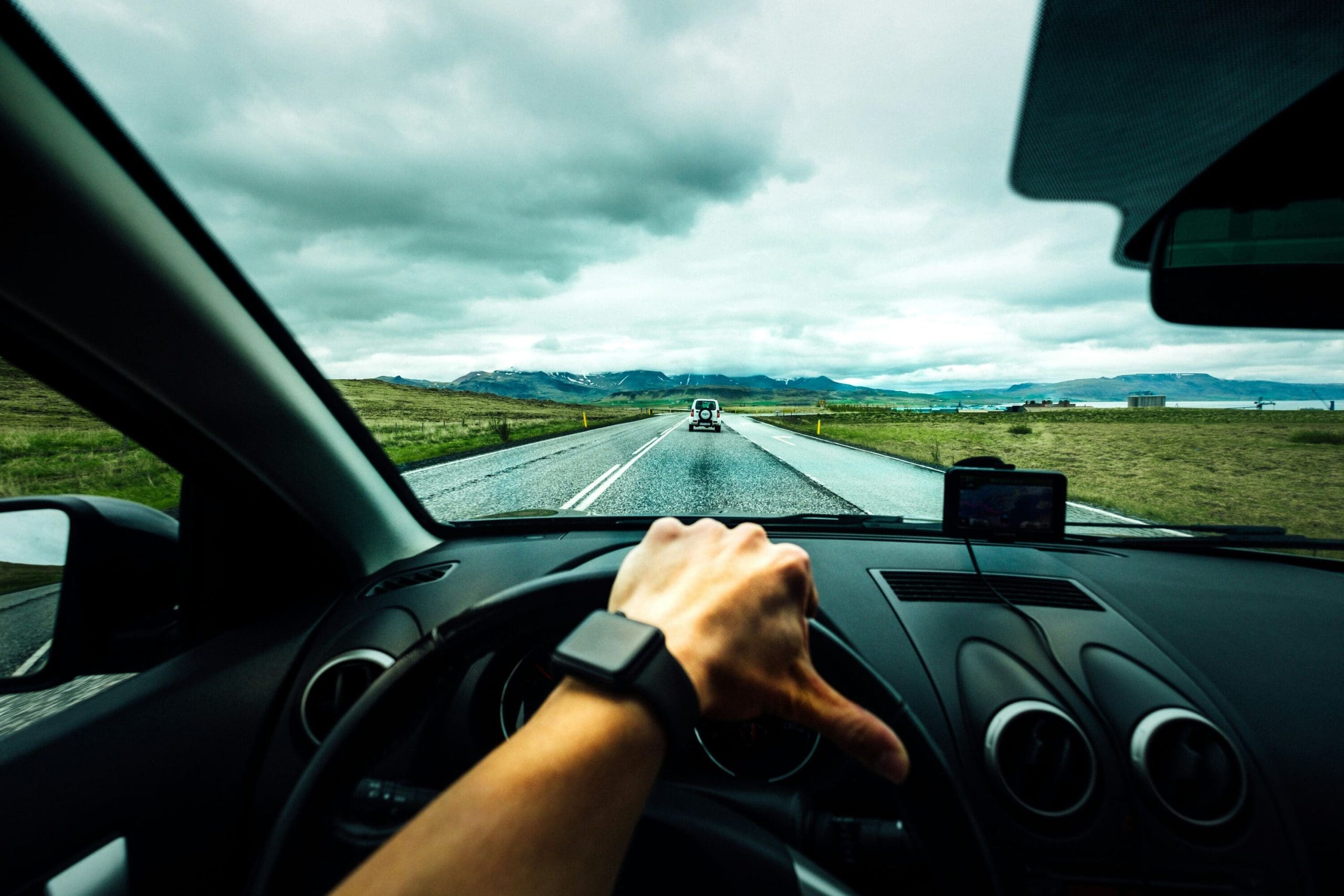Do you know what the numbers at the side of the motorway are or what the little diamonds along the M50 are about? Ireland’s motorway network has come a long way since the first stretch of the M7 opened in Naas in 1983, but it’s growing and changing all the time, with the addition of emergency diversion routes, average speed cameras and, soon, variable speed limits.
Motorways are among the safest types of roads, but they have their own rules, terminology and signs. They’re also the subject of some enduring myths (such as the existence of a fast lane…).
Here are the answers to some common motorway questions.

